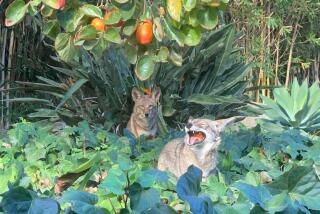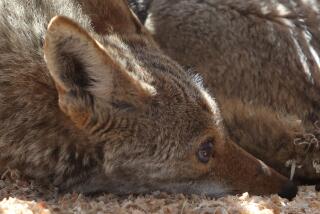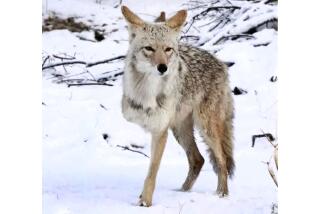Bobcat
[ FELIS RUFUS ]
It is always a wonderful and rare surprise to spot a bobcat as it sits motionless or bounds energetically across a hillside, but nothing compares to spotting a mother with three or four kittens. June is a good month for having one of these once-in-a-lifetime moments because these small wild kittens are moving out from their dens and testing the wide-open world for the first time. Like kittens everywhere, they are full of rambunctious energy, rolling together, play fighting and mock hunting stationary objects. But when mom returns with an injured animal they get serious, though no less comical, in their attempts to capture and overcome their helpless prey. With each visit, however, mom might bring a bigger or less injured animal that requires more hunting skill and strength from her kittens, thus gradually training them to become strong, independent hunters.
NATURAL HISTORY
Bobcats are versatile and adaptable, living across California in nearly every habitat from sea level to timberline. As long as they have enough wild space, they adjust well to human presence and in some areas they are regular visitors on hiking trails. If cornered, they can fight fiercely, but given enough space, they stay to themselves.
KEY CHARACTERISTICS
Resembling a big, long-legged domestic cat with a 6-inch tail and tall, pointy ears, bobcats are tannish or reddish with many spots and bars.
More to Read
Sign up for The Wild
We’ll help you find the best places to hike, bike and run, as well as the perfect silent spots for meditation and yoga.
You may occasionally receive promotional content from the Los Angeles Times.






